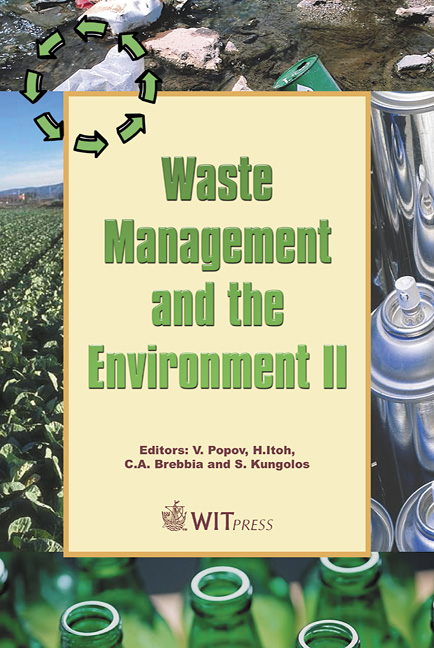Modelling Underground Mines For Rock Stability Assessment Using Boundary Elements: A New Approach For Large Scale Problems
Price
Free (open access)
Transaction
Volume
78
Pages
10
Published
2004
Size
3,391 kb
Paper DOI
10.2495/WM040181
Copyright
WIT Press
Author(s)
R. Adey & A. Calaon
Abstract
The Boundary Element Method has been applied to calculate stress distribution and stability of underground mines for disposal of chemical waste. A case similar to the Stripa mine in Sweden has been considered. The rock mass was granite, with major fracture zones represented by three families of planes mutually orthogonal and 100 meters distant from each other. The pre and post processor GiD [3] and the Boundary Element software BEASY [2] have been used for model preparation, solution and result post processing. A modelling technology has been developed to enable the investigation of stability in the presence of a large number of fracture zones while at the same time determining the detailed stress near the mine. Results for stress and stability of the rock are presented here and discussed. 1 Introduction This work was performed under the LowRiskDT project [4] which aimed to investigate the suitability of abandoned mines for the storage of toxic waste. A major part of the project was the use computational models to predict the performance of proposed repositories for disposal of chemical waste. The project identified a number of mine types representative of those found in the EU for investigation. The mines were assessed for their stability and isolation capacity (flow and transport) In this paper some results are presented showing the computations performed to determine the rock stability through stress analysis of reference mine repositories which could provide safe and permanent isolation of hazardous waste.
Keywords





